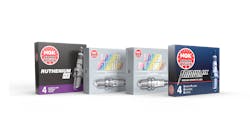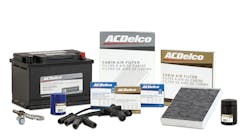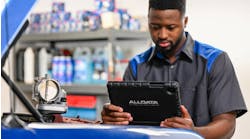HOW TO CALCULATE IT: Total labor sales in dollars ÷ total labor hours billed
INDUSTRY AVERAGE: $90+
OPTIMAL BENCHMARK: $100+. Effective labor rate (ELR) depends on many of the same shop factors as technician productivity: technician efficiency, higher AROs, increased closing ratios and more all contribute to improving effective labor rate. At its heart, ELR boils down to this: improved efficiencies will enable more hours to be billed out in the same amount of time.
Anything you can do to increase the efficiency of your techs will increase your effective labor rate, which will directly change your bottom line without changing what the customer is being charged. Decreasing technician downtime and working to speed up customer authorization of repairs (rather than simply charging more) are two of the more obscure ways to improve ELR.
HOW TO IMPROVE IT: Improving ELR has more to do with incentivizing and keeping your staff motivated. Here are five key takeaways about how to do just that:
- SYSTEMS AND STANDARD OPERATING PROCEDURES: Well-defined, transparent policies and procedures with an answer to almost any situation. It may seem daunting at first, but even something as simple as cleaning the coffee machine on a regular basis and establishing a schedule and standard operating procedure to do so will contribute to ELR.
- STAFF: Having a staff that cares about each other and wants to work together is key. Keep communication open and easy, and hold enough staff meetings so everyone works toward tomorrow—together.
- TRAINING: Establishing regular training intervals (weekly/quarterly/monthly) or being open to industry training opportunities will show your staff you care and empower their skills in the shop, translating to more and better repairs at a faster rate.
- EQUIPMENT: The tools and technology of the repair industry are constantly changing; is your shop equipped to keep up with the technological tide? Not having to wait for answers or the right tool goes a long way toward improving ELR.
- FACILITY: A clean shop speaks volumes about the work done inside it, and it also ensures that staff are able to find exactly what they need and aren’t wasting time walking around the shop floor trying to locate a particular tool.



